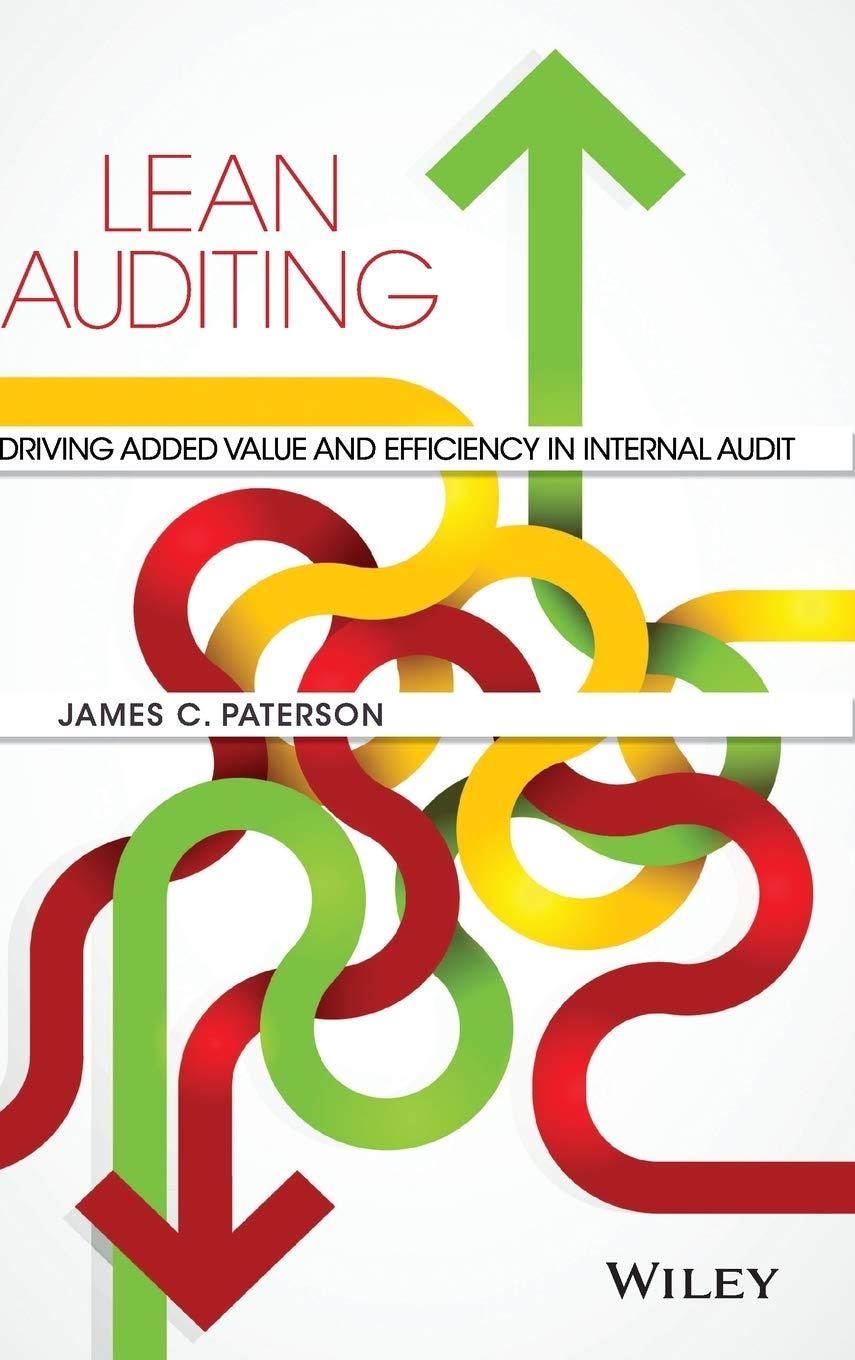The purpose of this assignment is to apply concepts associated with related party transactions. FASB ASC Topic 850 covers what companies must disclose regarding related party transactions. To apply th The purpose of this assignment is to apply concepts associated with related party transactions. FASB ASC Topic 850 covers what companies must disclose regarding related party transactions. To apply the concepts and disclosure requirements of related party transactions, provide a thorough written response for requirements 2, 3, and 4 of Case C5-4 in Chapter 5 of the text.
The assignment should be in the form of a 500-700 word MEMO to your professor. Authoritative sources need to be included to support your responses
PLEASE INCLUDE REFERENCES IN APA7 FORMAT.
John Rigas founded Adelphia Communications Corporation with a $300 license in 1952 , took the company public in 1986 , and built it into the sixth largest cable television operator by acquiring other systems in the 1990s. As the company grew, it also expanded into other flelds. It operated a telephone business, a sports radio station. a sports cable channel, and many other smaller subsidiaries. Despite being a publicly held firm, the company remained a family-run business: five of the flrm's nine board members were Rigas family members who also held various executive posts. John was the CEO and chairman of the board. His sons. Tim (CFO). Michael (VP of operations), and James (VP of strategic planning), made up much of the firm's leadership team. In addition. John Rigas"s son-in-law sat on Adelphia's board of directors, The company filed for bankruptcy in June 2002 after it disclosed \$2.3 billion in off-balance-sheet debt. The Rigases are among a number of former corporate executives who have faced criminal charges since Enron's fall in 200l touched off a series of white-collar scandals. At John's trial, prosecutors said the Rigases used complicated cash management systems (CMS) to spread money around to various family. Page 5-41 owned entities to cover stealing about $100 million for themselves. Rigas Entities consisted of approximately 63 different entities organized as partnerships, corporations, or limited liability companies exclusively owned or controlled by members of the Rigas family. Adelphia managed and maintained virtually every aspect of the approximately 14 companies composing the Rigas Cable Entities, including maintaining their books and records on a general ledger system shared with Adelphia and its subsidiaries. Adelphia and Rigas Entities participated jointly in a CMS operated by Adelphia, which resulted in commingling funds among the participants and greatly facilitating the fraud at Adelphia. A complaint fled by the SEC stated: The commission charees that Adelphia. at the direction of the individual defendants (1) fraudulently excluded billions of dollars in liabilities from its consolidated financial statements by hidine them in off-balance sheet affliates: (2) falsiffed operations statistics and inflated Adelphia's earnines to meet Wall Street's expectations; and (3) concealed rampant self-dealine by the Rigas Family, includine the undisclosed use of corporate funds for Rieas Family atock purchases and the acquisition of luxury condominiums in New York and elsewhere. The Commission seeks a flnal judement orderine the defendants to account for and disporge all ilk-potten eains including ... all property unlawfully taken from Adelphia through undisclosed related-party transactions The SEC also alleges that sinee at least 1986. Adelphia improperly netted, or offset, related-party payables and related-party receivables as of yearend. As a result of this offset, gross related-party receivables of $1.35 I billion and gross related-party payables of $1.348 billion were reported as a mere $3 million net receivable. 18 1. Review FASB ASC Topic 850: Related Party Disclosures (available on the FASB's website: www. FASB.org) Use EDGAR (www.SEC. gow) to access the 2000 Form 10-K for Adelphia Communications Corporation. Examine Adelphia's balance sheet and locate a line item called Related-party receivables-net. Next, look up and read the "related-party" note (note 13). Do you believe that this note adequately explains the nature of these related-party receivables or meets the disclosure requirement for related-party transactions? Justify your answer. What is the sienificance of Adelphia's treatment of related.party receivables and payables and the company's failure to adequately disclose its related-party transactions







